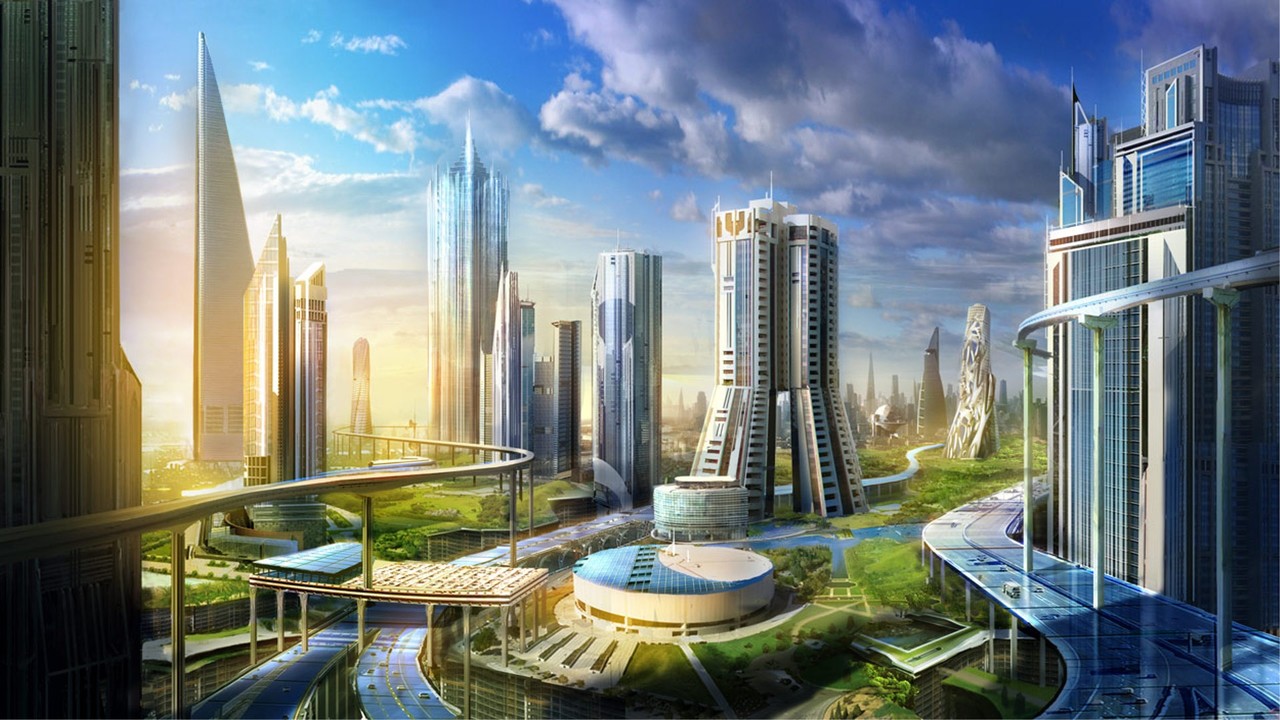
How will our future cities look like?
United Nations estimates that 68 percent of the planet's population will live in urban environments by 2050. If current trends continue, those people are likely to face even more crowded conditions, polluted air, and overburdened infrastructures than we do today. Having said this, important developments need to be made in the upcoming years in order to create smart cities.
Urbanization statistics warn us that the quality of life in many cities will be decided by the degree to which major cities can implement intelligent and sustainable transport solutions. Smart cities need to combine shared mobility and electrification with integrated energy systems and public transport infrastructure. The citizens of the city of the future will embrace new vehicle technologies such as self-driving and electric vehicles, which will reduce road accidents, reduce the cost of transportation and expand access to mobility. In addition, new forms of high speed transportation such as the Hyperloop (a high speed rail that can reach 1,000 km per hour) could be implemented. This new way of transportation will allow people to connect between major cities such as San Francisco and Los Angeles within 30 minutes (at present it takes 6 hours by car), will be safer than cars and much less damaging to the environment than aircrafts.
One of the upcoming threats for the big cities is pollution. As a result of this, many cities around the globe have made commitments around having hundred percent of their energy consumption come from renewable sources by 2030. Certainly, this will be achievable as there has been incredible focus on the development of renewable power and a decrease in the associated production costs in the last decade.
Big data collection needs to play an important role in improving the efficiency and sustainability of future urban living as the population grows. Big data will be essential to understanding how people in cities move, how energy is used and how various aspects of the infrastructure interact. The management of big data will help future cities in implementing smart energy efficacy systems, make cities safer and understand citizen’s trends and needs.
A key consideration would be how all of this new infrastructure will be financed and developed. In this sense, the private sector must play an important role in developing and financing such infrastructure through different mechanisms such as Public Private Partnerships (“PPP’s”). PPP’s are attractive for infrastructure investment for both public and private institutions. Private investors will be able to provide the required capital and transparent rate of return over a long period of time, but will share the project risk with the government. The infrastructure that is required for the city of the future, is highly complex and requires an expert with financial and technical expertise who can help manage risk as a trusted partner. The technical proficiency of the private investor will help ensure that projects are completed on time and on budget, and produce the public service outcomes that were envisioned.
Certainly the future is an exciting place for cities, and by thinking creatively about new technologies and been innovative, we can all get there together, one mile at a time.
Here's a look at the transport aspect in a city (2050): https://www.innovationfuturespecialist.co.uk/gallery/cityone.html
Director , Landscape architect and Urbanist
5yIn this greedy world I would increase the density by 5 times , show a whole lot of dead green wall buildings as strata will stop maintaining due to costs and the greening of buildings is just a trick to get more density. Roads will be choked , rail choked and the list goes on unless we responsibly change the planning system and reduce the worlds population but it’s nice and romantic to show these sorts of images . Great propaganda and utopian dreams are necessary to help people not fall into depression.
Chairman of the Board at Prim S.A
5yOjalá